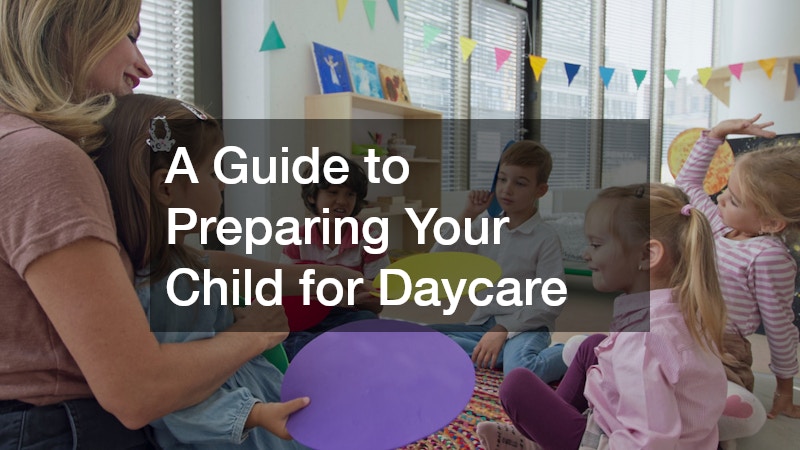
Choosing daycare can be a significant transition not only for your child but also for you as a parent. As children step into daycare, it’s essential to ease this transition through preparation. This article outlines steps and tips to ensure that both you and your child feel comfortable and prepared for this new chapter in life.
Video Source
Understanding how to navigate this experience can make daycare a positive adventure. By following these guidelines, you will help your child adapt more quickly and happily to their daycare environment.
Before your child begins daycare, it's vital to recognize the range of emotions they might experience. Children may feel anxiety, excitement, or even fear about being in a new environment without their parents. It’s essential to validate these feelings, encouraging your child to express what they are going through. By discussing their feelings openly, you set the stage for a healthier emotional connection and help ease their concerns. Remind them that it’s normal to feel a little nervous before entering daycare and that many other children will be feeling the same way, too.
To help children process their emotions, consider role-playing scenarios that they might encounter at daycare. For example, take turns being the child and the caregiver, demonstrating how certain interactions might go. This method can provide them with a sense of familiarity and understanding, easing their anxiety. Furthermore, maintain an open dialogue about their day at home; this ongoing communication fosters emotional closeness. Your child will feel more secure knowing that you care about their experiences and feelings regarding daycare.
A consistent daily routine is crucial in preparing your child for daycare. Children thrive when they know what to expect, and establishing a routine at home helps them transition to a structured setting like daycare. Develop a morning routine that allows time for breakfast, getting dressed, and a few minutes for play or bonding time. Showing your child how mornings will work prepares them for the structure that daycare provides. This practice also instills a sense of stability, making the idea of attending daycare seem less daunting.
In addition to morning routines, consider incorporating a consistent bedtime to ensure your child is well-rested. Proper sleep plays a critical role in their mood and ability to adapt to new environments. A well-rested child will be more open to new experiences at daycare and much less prone to meltdowns due to fatigue. Use countdown techniques to help your child understand how their routine progresses toward getting ready for another day of fun and learning. The more predictable the end-of-day scenario leads into the start of the daycare experience, the smoother the transition can be.
Effective communication between you and your child’s daycare caregivers is essential for a successful transition. From the first inquiry to the initial drop-off, being open about your child's needs, preferences, and any concerns can pave the way for a positive experience. Schedule a meeting with the caregivers before your child starts, giving you a chance to share relevant information. This introduction builds trust between you and the caregivers, encouraging a supportive environment for your child. Don’t hesitate to ask about their policies, daily routines, and how they handle various situations.
Lastly, instilling confidence in your child about speaking to their caregivers encourages them to communicate their needs as well. Teach your child phrases to express feelings, ask for help, or indicate when they might be uncomfortable. This practice empowers your child and benefits their overall experience in daycare, as they learn to advocate for themselves. An open and ongoing dialogue fosters a sense of community, enhancing your child’s emotional well-being. By involving caregivers in this process, everyone is working together for the best interest of your child.
